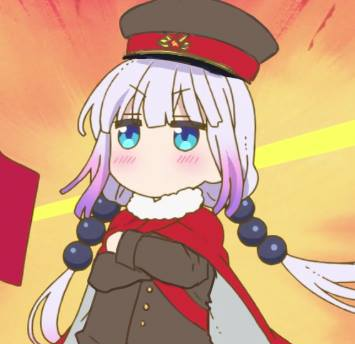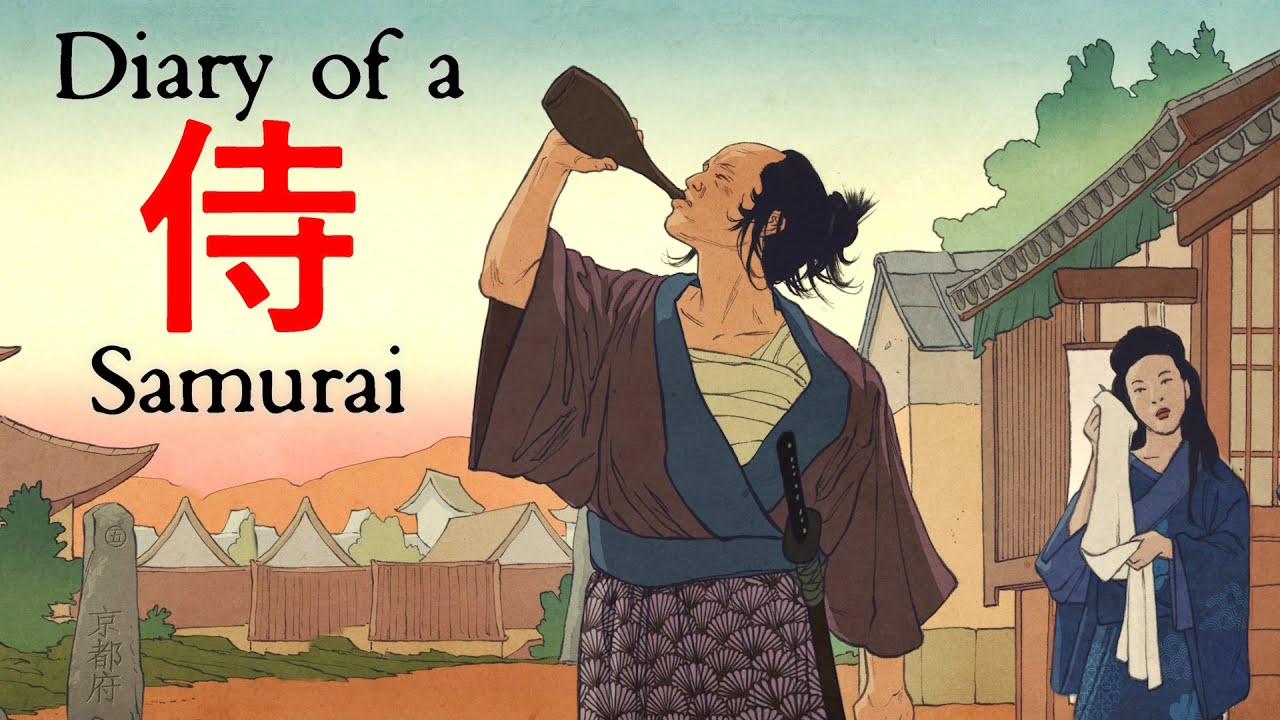By the 19th century Japan had 200 years of peace free from any conflict so the Samurai were just regular salary men working for their masters. Most of them were aristocratic bureaucrats and/or failsons.
Katsu Kokichi (勝 小吉, 1802 – 1850) was born Otani Kokichi in Edo. He was a low-ranking samurai who was adopted by the Katsu family in order to marry the only Katsu daughter, Nobuko. Kokichi’s father, Otani Heizo, was a minor official in the shogunate. His half brother, Otani Hikoshiro, was twenty-five years older than Kokichi. After their father’s retirement as family head, Hikoshiro became responsible for all the family; he was a noted calligrapher and Confucian scholar and was twice distinguished as district administrator within the shōgun’s domain.
By contrast, Katsu Kokichi led a life of idleness, never achieving an official post and supplementing his small (41 koku) income by dealing in swords, among other things. The other things, contrary to samurai-class ideals, included acting as a security guard and lending money at high interest. When Kokichi’s son Rintaro (later to become the famous naval commander Katsu Kaishū) was fifteen, Kokichi retired as family head, passing on that duty to young Rintaro.
During his last days, Kokichi wrote an autobiography (one of the few surviving from pre-Meiji Japan) titled Musui Dokugen (“Musui’s Story”), narrating his life and adventures in a style much like that of the picaresque novel. This book is an excellent description of low life in Edo during the late Tokugawa shogunate. Katsu Kokichi died in Edo in 1850, three years before Commodore Matthew C. Perry reached Japan. The autobiography has been translated into English by Teruko Craig, under the title Musui’s Story: The Autobiography of a Tokugawa Samurai.
This mf died comfortably three years before the arrival of Matthew Perry, before he could see the Feudal system tore down into pieces.


